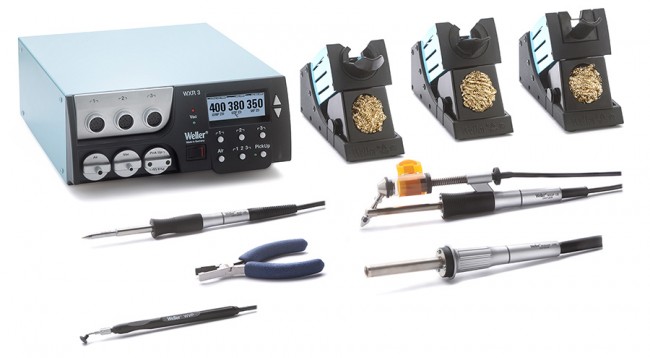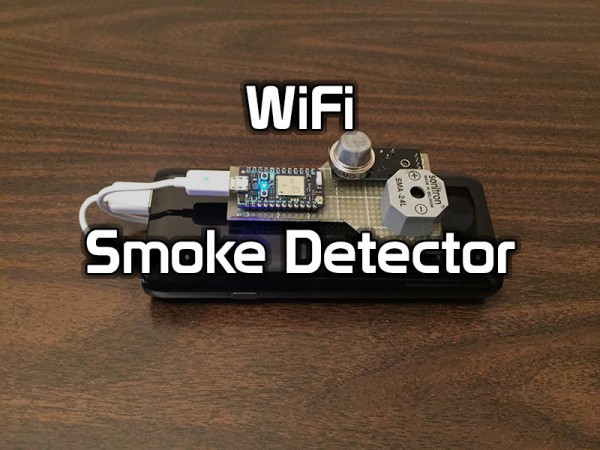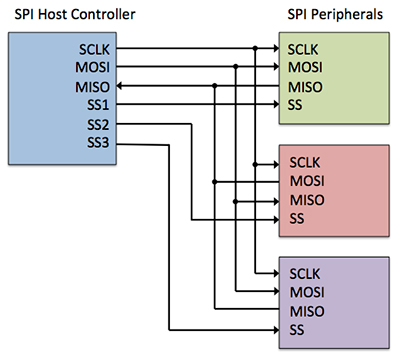
Soldering, deslodering, hot-air works but also a record of your work in a PC – this is the Weller WXR 3031.
Good soldering station is usually a fundament of a workplace. Desoldering station is usually a necessity if you work in development or service. And a hot-air station? – this one is becoming a must at any development or rework of PCBs with SMT components. If we already know, that it´s ideal to have all these three device on a workbench, couldn´t they be integrated into one device?
The answer can be Weller WXR 3031
Right at the beginning it can be said, that in this case a connection into one station brings real benefits, rather than well-known negatives of various „3in1“, „7in1“ and similar products and agents :-).
Perhaps the biggest benefit is saving of space on a workbench and the same control interface for all tools. If you´re familiar with Weller WX2 stations, which we introduced to you in our articles, then you know, that they belong to a very top segment. If we “add” to them a section for a hot air, as well as other additional features and a possibility to connect a vacuum pickup, we receive a top class device which makes every electrician happy.
In addition to the convenience of a unified control interface and a streamlined workbench, the incorporation of various tools into one station also contributes significantly to electrician safety. With a consolidated system like the Weller WX2 station, where diverse functionalities seamlessly integrate, there is a reduced risk of mishandling individual tools or encountering compatibility issues. This not only enhances operational efficiency but also mitigates potential hazards associated with the use of multiple standalone devices. Electricians can focus on their tasks with confidence, knowing that the integrated station optimizes both functionality and safety.
For those seeking to further enhance their expertise in electrical safety and stay abreast of the latest standards, it’s advisable to take an 18th edition Course in Glasgow. Such courses provide valuable insights into the updated regulations and practices in the field, ensuring that electricians are well-equipped to handle modern challenges and adhere to the highest safety standards.
Briefly:
- 3 channels
- 420 (600W) total power
- temperature 100-450 (550) °C/ 200-850°C (hot-air part)
Available are 4 soldering tools (from micro up to powerful 200W) and 3 tools for desoldering. Concretely WXR 3031 set contains:
- WXR3 unit
- hot-air tool WXHAP
- desoldering tool WXDP 120
- soldering tool WXP 120
A big benefit for professional workplaces is also a possibility to record your work (traceability – temperature profile) over the USB port to a PC. USB port also serves for a possible firmware update. WXR3031 features intelligent identification of a connected tool and a parameter memory built-in in a given tool, intelligent power save function and a possibility to control several additional devices via the WX port.
WX series meets all requirements for demanding and precise everyday work. High power, user comfort and a wide range of soldering tools and tips will be probably beneficial even for your workplace.
Possibilities of the WXR3031 are very wide and perhaps best illustrated in the attached video. Detailed information will provide you the WXR3031 datasheet , user manual WXR3031 and the “WXR3 Quick start”.
WXR 3031 station was incorporated into our standard stock offer.
WXR3031 rework station will replace you three devices – [Link]
















